14 Beautiful Species of Maple Trees Subscribe Many people choose...
Read MoreEndive: Everything You Need to Know About Growing and Cooking This Versatile Green
Endive: A Sophisticated Green
Endive is an elegant leafy green, part of the chicory family, which includes radicchio, escarole, and curly endive.
Originally from Europe, particularly Belgium, it is now available year-round in many parts of the world. Its distinctive leaves, ranging from pale yellow to white and red, add a vibrant touch to any salad or side dish.
Endive is a cool-season crop, suitable for both spring and fall planting. It requires well-drained, fertile soil with plenty of organic matter. The plant prefers full sun but can tolerate light shade.
Its unique growing process, involving a two-step method to produce the characteristic compact head, makes it somewhat challenging to cultivate but a rewarding vegetable.
Additionally, this vegetable is not only a delight for the eyes but also packed with nutrients. It is a rich source of vitamins, folate, calcium, and potassium.
The bitter taste of endive can be balanced with other ingredients such as citrus, cheese, and bacon, making it a versatile ingredient in various dishes.
As a master gardener, I will share everything you need to know about endive in this article, including growing tips to help you cultivate them at home.

Botanical Name: Cichorium endivia
Common Name: Endive
Family: Chicory family
Plant Type: Annual
Hardiness Zones: 4 – 7 (USDA)
Sun Exposure: Full sun to partial shade
Soil Type: Well-drained, fertile soil
Soil pH: 6.0 to 7.5
Bloom Time: Late summer to early fall
Flower Color: Blue
Native Area: Europe
What is Endive?
Endive is a leafy green belonging to the chicory family, which includes plants like radicchio, curly endive, and escarole.
It is a versatile vegetable that can be used in various dishes. It can be eaten raw in salads, cooked as a side dish, or used in dips.
Its slightly bitter flavor pairs well with rich ingredients such as cheese, bacon, and nuts, and it can balance the sweetness of citrus or the earthiness of mushrooms.

Apart from its unique taste, endive is a nutritious vegetable. It is a good source of vitamins, especially folate, and minerals like potassium and calcium.
Moreover, endive is available year-round, making it a great addition to any meal regardless of the season.
What are the Different Types of Endive?
There are different types of endive, each with unique characteristics and flavors.
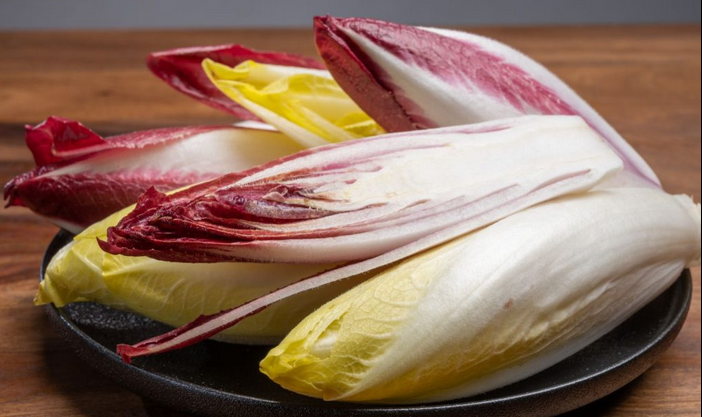
Belgian Endive: The first and perhaps best-known is Belgian endive. This vegetable is characterized by tightly packed, pale yellow leaves. Its distinct bitter flavor makes it a great addition to salads or as a side dish when cooked. Belgian endive is commonly used in Belgium for grilling or as a unique appetizer with cheese and nuts.
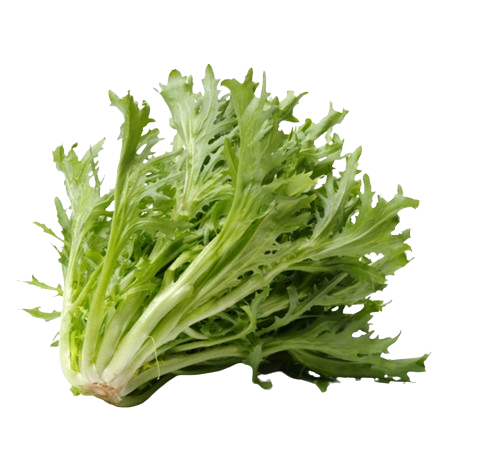
Curly Endive: Curly endive, or frisée, is another variety. It features frilly leaves with a slightly bitter taste. The outer leaves are often green, while the inner leaves can be white or pale yellow. This endive is a favorite in salads, especially when paired with bacon, cheese, and a citrus dressing to balance its bitterness.
Broad Leaf Endive: Escarole, also known as broad leaf endive, has wider, slightly crinkled leaves with a less bitter flavor compared to its counterparts. This vegetable is often used in soups and stews but also works well in salads or as a side dish.
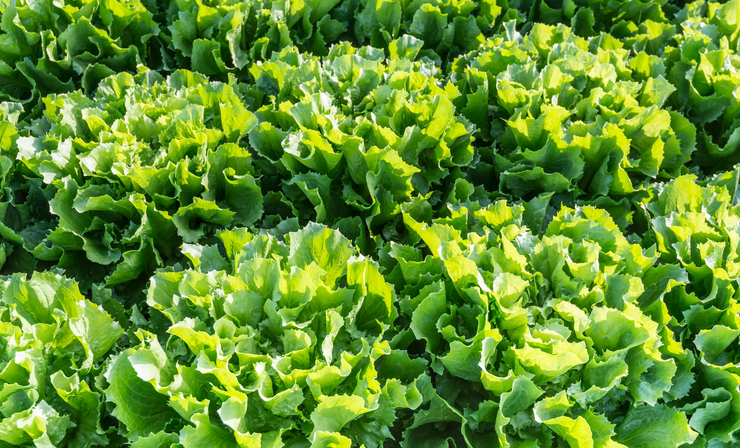
Each of these endive types offers a unique flavor profile and texture, making it a versatile ingredient in various recipes.
How is Endive Grown?
Endive is grown in two main varieties: Belgian endive and curly endive, also known as frisée. A third variety, escarole, also exists, characterized by its broad leaves and less bitter flavor.
Belgian endive, known for its pale yellow leaves and white stems, is grown through a two-step process. The first step involves planting chicory roots in the field. After harvesting, these roots are stored in cold storage to simulate winter conditions.
Following this, they are moved to a dark, humid place where the compact heads sprout from the roots. This process results in the tightly packed, elongated heads characteristic of Belgian endive.
On the other hand, curly endive and escarole are grown like other salad greens. They are directly seeded into the garden and require full sun and well-drained soil.
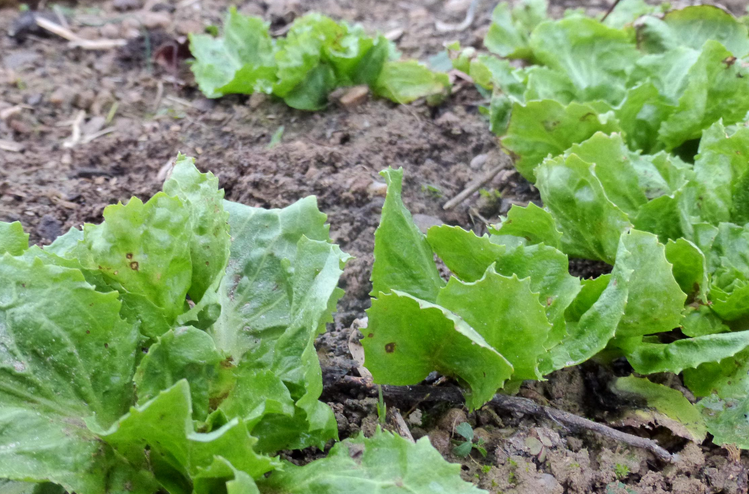
What Does Endive Taste Like?
Endive is known for its distinct bitter taste. Originating from Belgium and other parts of Europe, it is a popular ingredient in salads and side dishes, providing a unique crunch that pairs well with various types of food.
Depending on the specific variety, the taste of endive can slightly vary. For example, Belgian endive, grown entirely in the dark to maintain its pale color, has a delicate, slightly sweet but bitter flavor.
Curly endive, also known as frisée, has fringed and lacy leaves with a sharp, peppery bite.
When raw, endive leaves provide a crisp texture and a clean, slightly bitter taste. When cooked, their flavor mellows, becoming nuttier and less bitter.
The inner leaves are usually milder compared to the outer ones, which can be stronger in flavor.

Endive Plant Care
Growing endive plants can enrich your gardening experience as they require attentive care.
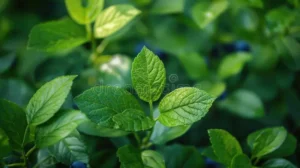
Sunlight Endive thrives with at least 5-6 hours of full sunlight daily. However, it can tolerate partial shade, especially in excessively hot weather. A south or west-facing garden spot is ideal for its growth. Direct sunlight promotes healthy growth, contributing to the rich flavor and lush, leafy appearance of the plant. During the hottest parts of summer, some shade can prevent potential damage. A well-balanced mix of light and shade ensures a thriving garden.

Soil Endive grows well in fertile soil with a neutral pH balance, though it can tolerate slightly alkaline soil. Adding organic matter or compost to the soil improves its fertility. The best soil texture is sandy, silty, or loamy, as these promote good water drainage, which is essential for sustained growth. Since endive has relatively shallow roots, a loose, crumbly topsoil ensures roots can spread and absorb nutrients easily. The soil temperature should also be kept cool, as endive is a cool-season crop.

Watering Endives are thirsty plants that require consistent watering. Although they can tolerate short dry periods, they prefer well-drained soil that remains moderately moist. Avoid overwatering, which can lead to root rot and pest or disease problems. Instead of following a strict watering schedule, check the soil regularly and water only when the top inch has dried out. During hot and dry summer months, you may need to increase the frequency of watering to keep endives adequately hydrated. Regular deep watering helps develop a healthy root system, resulting in a stronger endive plant.
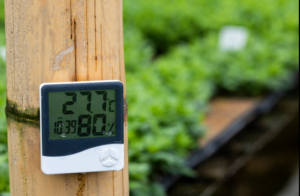
Temperature and Humidity Endive grows best in cool temperatures, ideally between 50 and 75 degrees Fahrenheit. Providing a controlled climate is crucial for optimal growth of mature plants. However, during the germination stage, slightly warmer temperatures around 75 to 85 degrees can be beneficial. Fluctuations and extremes in temperature can stress the plant and disrupt its growth cycle. Endive prefers a moderately high level of humidity. Atmospheric moisture helps the plant maintain the strength of its delicate leaves and prevents it from drying out. Periodic misting of the plant is recommended to increase humidity, especially in dry conditions.
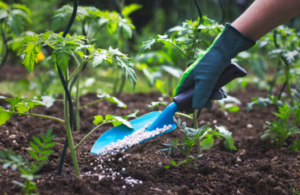
Fertilizer Endive is a winter-hardy plant that thrives with proper fertilization. These leafy greens have moderate fertilizer needs, preferring a balanced N-P-K (nitrogen-phosphorus-potassium) mixture. For healthy growth, add a slow-release fertilizer to the soil during planting. Subsequent fertilization every 4 to 6 weeks during the growing season helps maintain soil fertility and boost yield. However, avoid over-fertilizing, especially with nitrogen-rich formulas, to prevent excessive leaf growth at the expense of edible parts. The goal is to provide the plant with sufficient nutrients to support growth without encouraging rapid development of non-productive leaves.
How to Store Endive Knowing how to store endive properly is important to maintain its quality and nutritional value. If not stored correctly, endive leaves can dry out or become discolored. This applies to red endive as well, a variety that adds a splash of color and a slightly bitter taste to salads and side dishes. To store endive, first remove any damaged or discolored leaves. Do not wash endive until you are ready to use it, as moisture can lead to rapid spoilage. Place the endive in a plastic bag and seal it, removing as much air as possible. Store the bag in your refrigerator’s vegetable crisper drawer. This cold storage method can keep it fresh for up to two weeks.

Where to Buy Endive Endive can be found in various places, depending on your preference for convenience, quality, and price.
- Supermarkets and Grocery Stores: Most large supermarkets and grocery stores stock endive in their produce section, typically next to other salad greens. When purchasing, look for crisp, fresh leaves without signs of wilting or browning.
- Farmers’ Markets: Farmers’ markets are excellent places to buy fresh, locally grown endive. These markets often offer a variety of endive types, including curly endive (frisée) and Belgian endive. Additionally, you’ll be supporting local farmers.
- Online Retailers: If sourcing endive locally is difficult, consider looking online. Numerous online retailers offer fresh or packaged endive, with some even providing delivery services to bring fresh produce to your doorstep.
- Garden Centers and Nurseries: For those interested in growing their own endive, garden centers and nurseries often sell endive seeds and seedlings. This option allows you to cultivate your own crop, ensuring a fresh supply of endive in your backyard.
How to Cook with Endive?
Endive, a leafy vegetable belonging to the chicory family, is a versatile ingredient in the kitchen due to its unique bitter flavor and crispy texture. It can be used in a variety of dishes, from salads to soups, and even as a garnish. Here are some tips on how to cook with endive.
Firstly, it’s important to clean the endive thoroughly before cooking. Wash the leaves under cold running water and dry them with a clean kitchen towel.
Trim the base of the endive and separate the leaves if you plan to use them individually.
Endive can be enjoyed raw in salads. Its slightly bitter taste pairs well with sweet and tangy dressings, adding a lovely crunch to the salad.
You can use endive leaves as a base for appetizers, filling them with ingredients like goat cheese, nuts, and fruits.
If you prefer cooked endive, it can be braised, grilled, or roasted. When braising endive, cut the heads in half lengthwise and cook them with a bit of butter and broth until they are tender.
This method helps to reduce the bitterness and brings out a slight sweetness in the endive. Grilling endive is another excellent cooking method.
Simply brush the halved endives with olive oil, season with salt and pepper, and grill until charred and tender.
Roasting endive with a drizzle of olive oil and a sprinkle of salt and pepper is another delicious way to prepare this vegetable.
Endive can also be used in stir-fries and soups. Add it towards the end of the cooking process to retain some of its crunch.
The Ending of Barbie, Explained
The Ending of Barbie, Explained Here’s how the film brings...
Read MoreNo surprise, Abu Saeed died of blood loss: Persian camp
No surprise, Abu Saeed died of blood loss: Persian camp...
Read MoreThe World’s Billionaires
বিশ্বের কোটিপতি Subscribe আমেরিকান ব্যবসায়িক ম্যাগাজিন ফোর্বস দ্বারা বিশ্বের বিলিয়নেয়ার...
Read More



